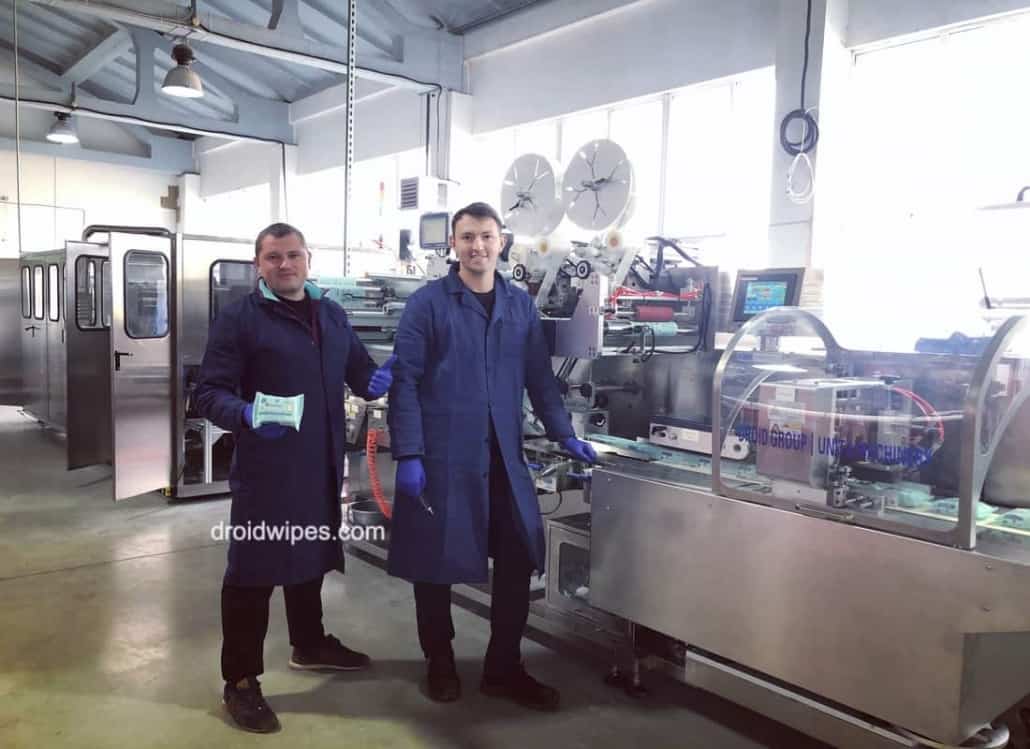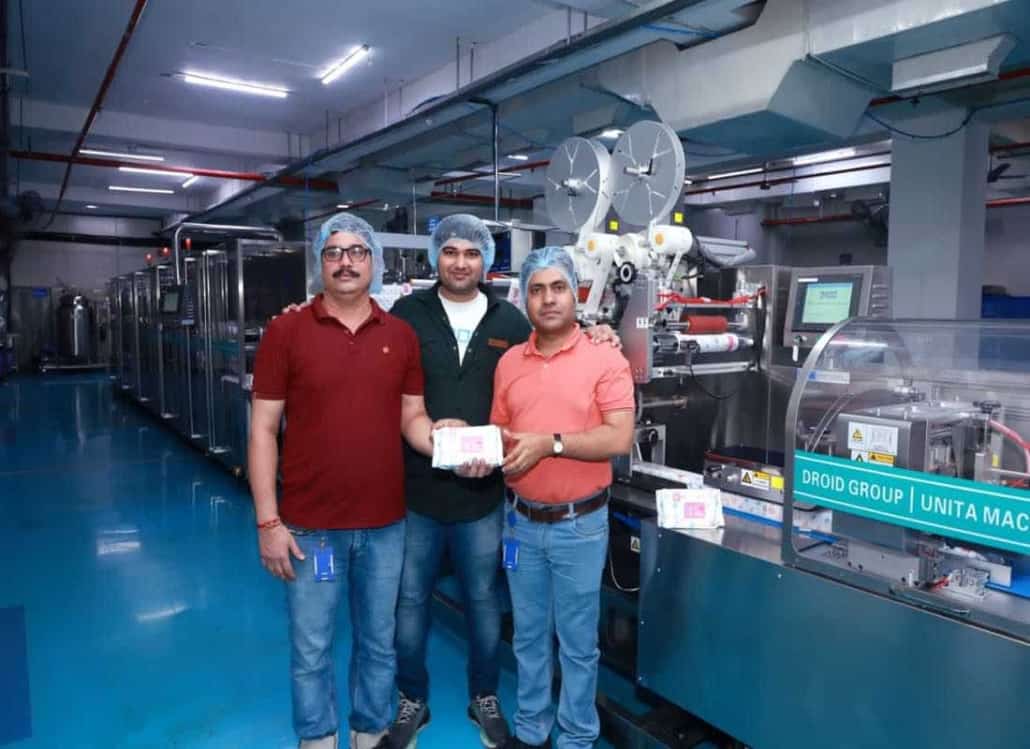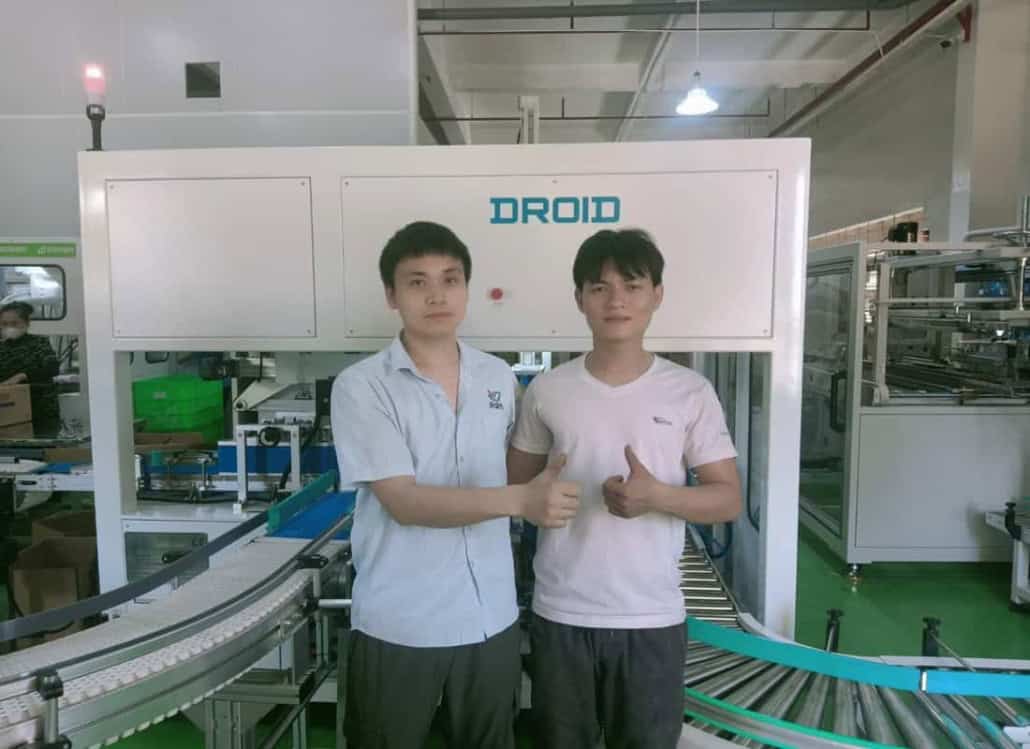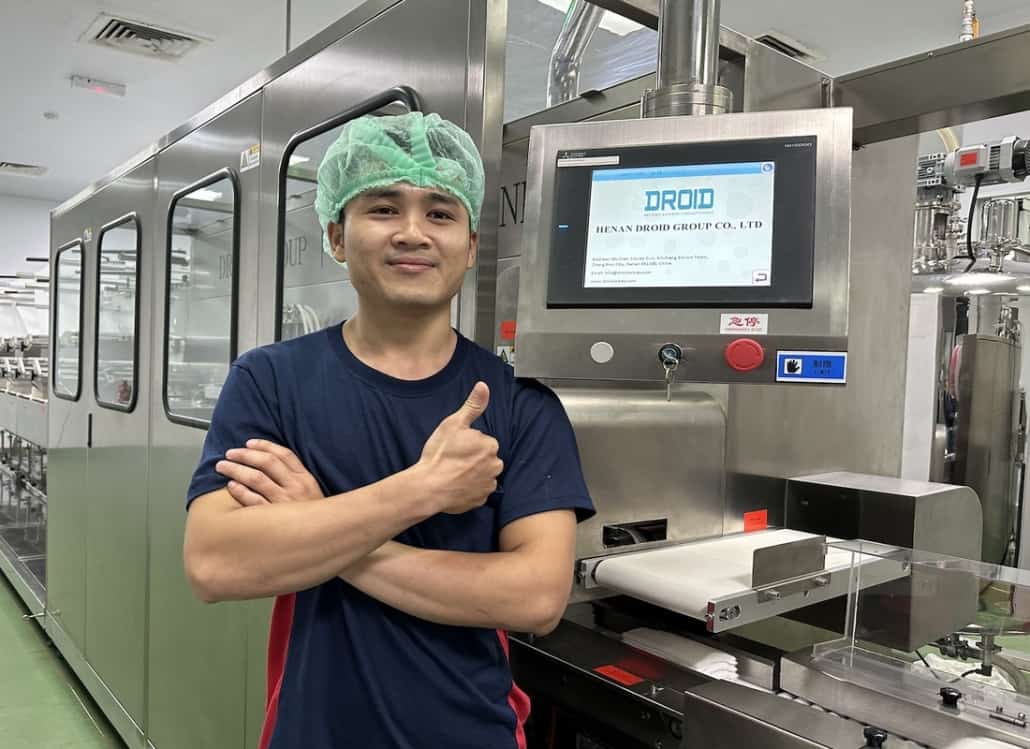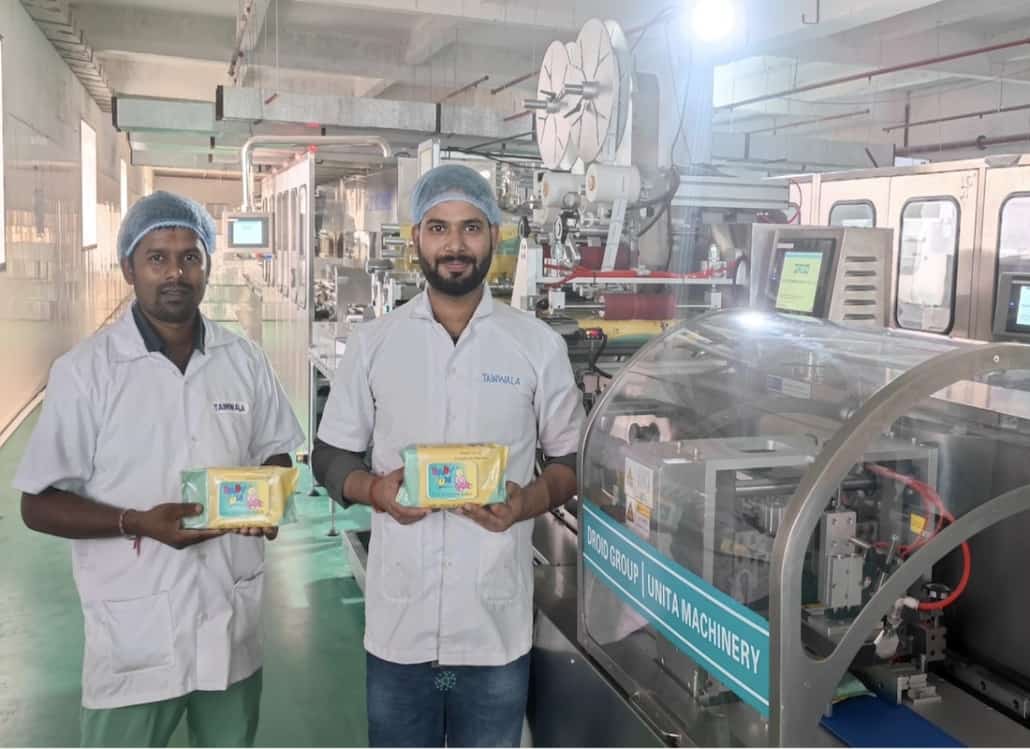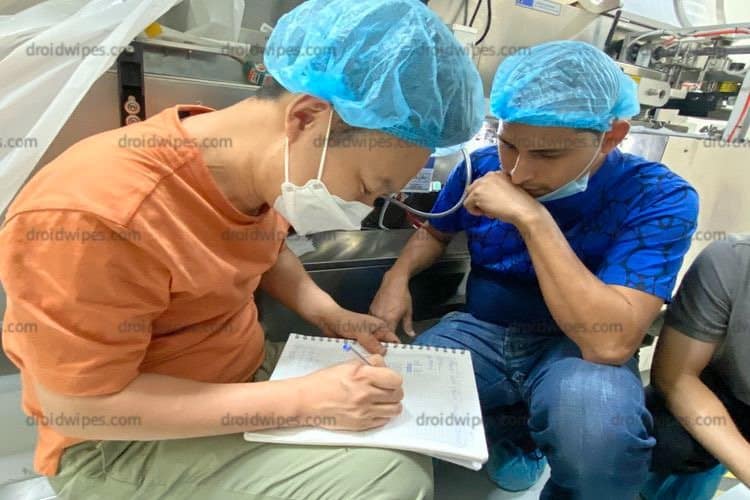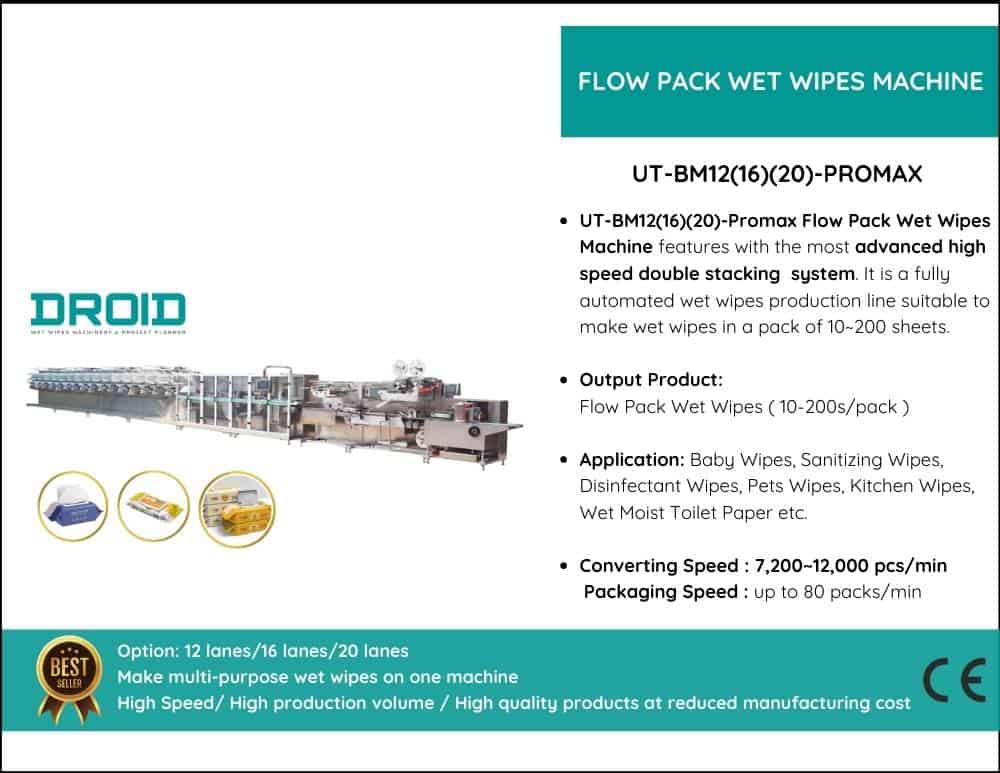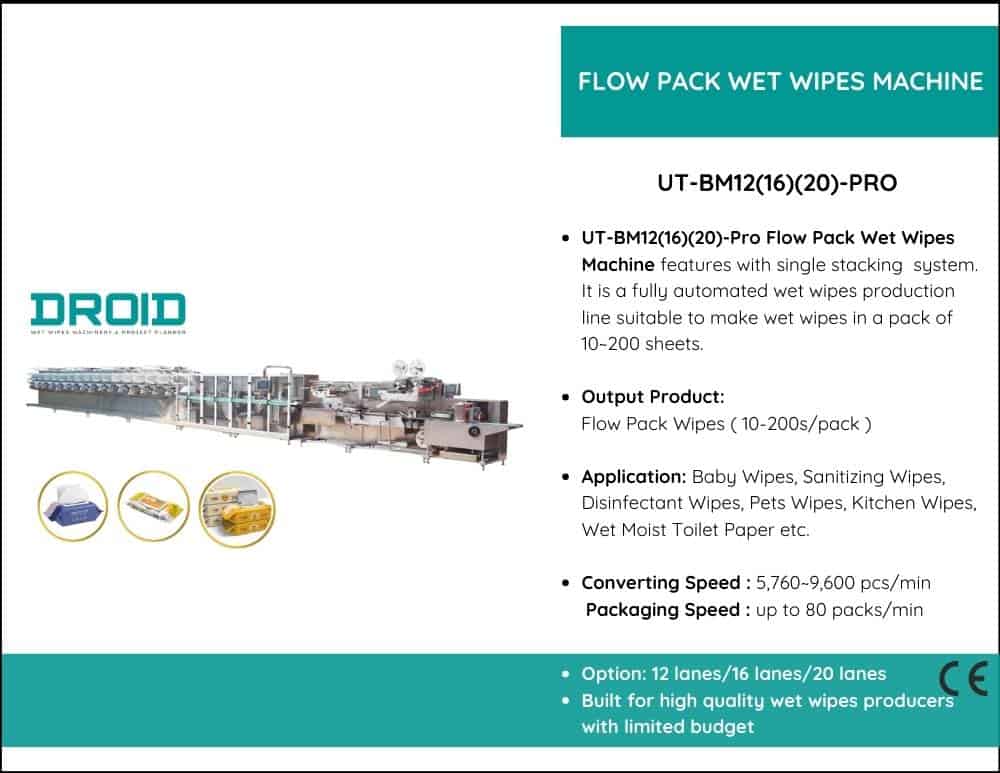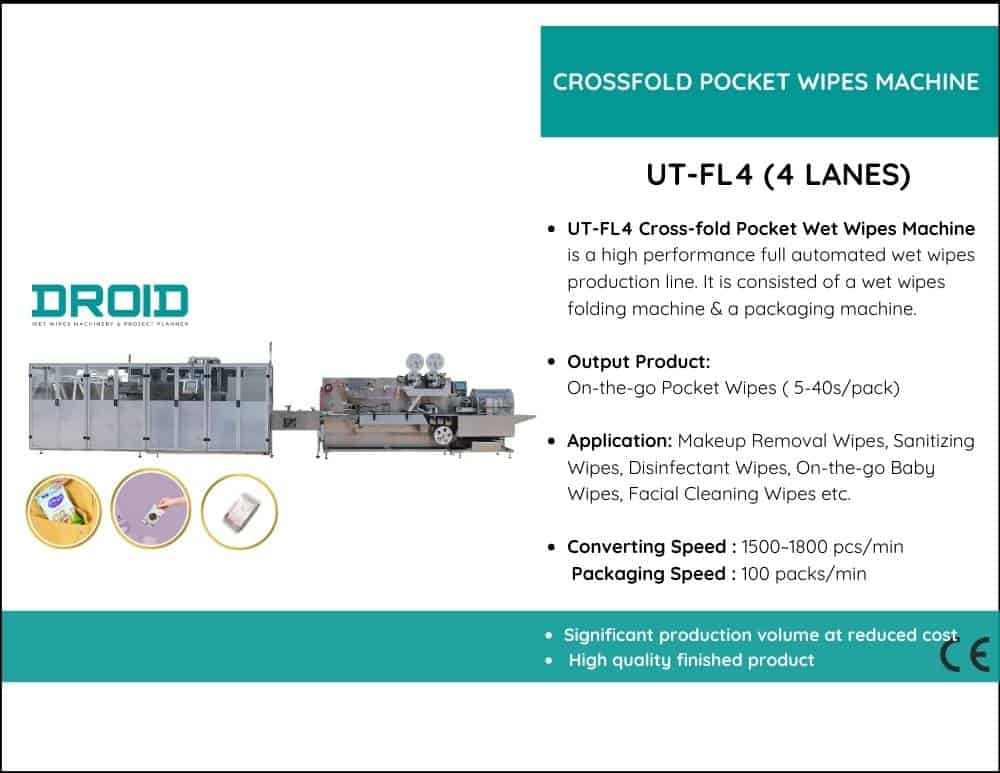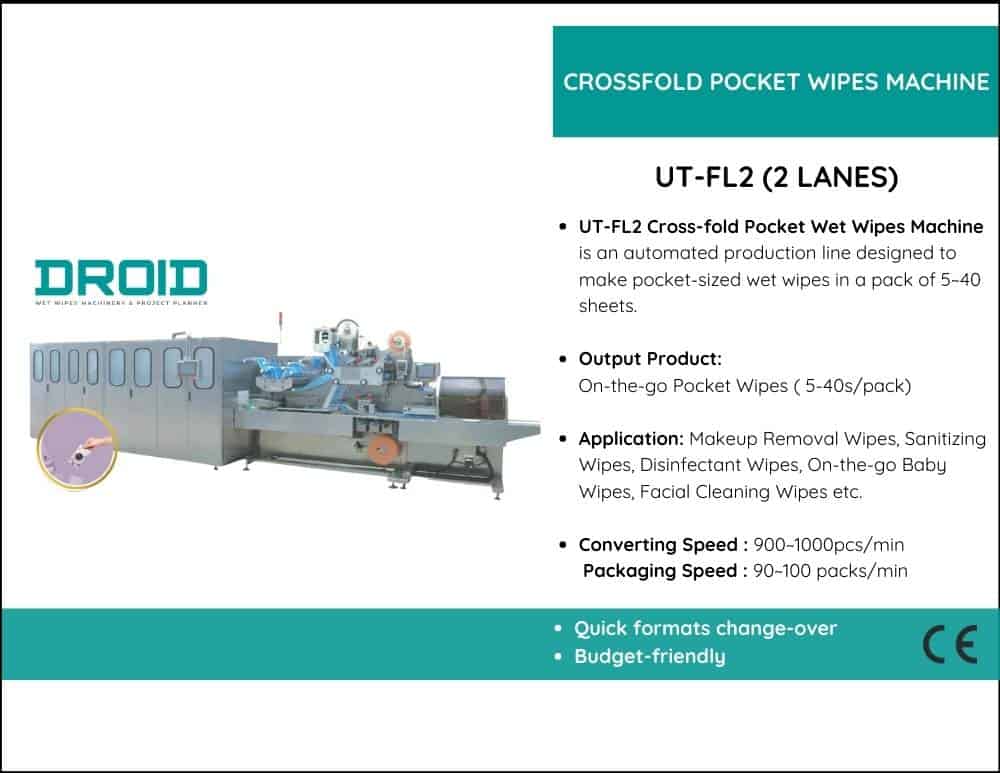How to Minimize Waste in Wet Wipes Production
Waste in the manufacturing of wet wipes has a significant impact on competitiveness, sustainability, efficiency, and overall costs. Our team at DROID has over thirty years of experience working with wet wipe equipment, and we have observed how even minor inefficiencies in folding, sealing, or dosing can result in significant waste of fabric, film, and solutions.
This article presents proven methods for reducing waste in wet wipes production, based on practical factory experience, international project implementations, and ongoing machine innovations. These solutions have been tested in high-speed production lines worldwide, spanning from Asia to Europe and the Americas, making them applicable beyond general advice.
By the end of this article, you will understand how to:
- Optimize the use of raw materials, including liquid solutions, packing sheets, and nonwoven fabric.
- Decrease rejections by implementing inline quality control and more brilliant machine designs.
- Achieve a balance between sustainability and cost reduction to enhance profit margins and brand recognition.
Reducing waste is essential for building an ethical and forward-thinking wet wipes company, and it goes beyond simply increasing production efficiency.


